A few streets from Vulcan Hotel in Ultimo, the Sydney Fish Market is the largest working fish market in the Southern Hemisphere and widely regarded as the third-largest in the world by variety traded. At dawn it operates as a high-energy wholesale hub for seafood professionals, with auctions, forklifts, and crates of the day’s catch. As the morning unfolds, it opens to the public as a vibrant retail and dining destination, with sashimi counters, oyster bars, and hot-food stalls lining the waterfront.
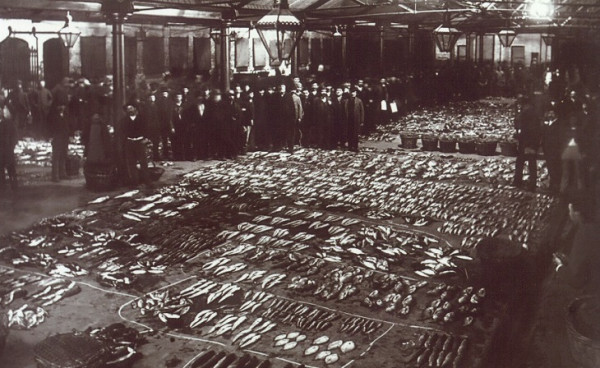
Before there was a single, bustling market, seafood changed hands on the city’s wharves, in back-alley sheds and dockside auctions. Fisher landed their catch at dawn, restaurateurs haggled over baskets of prawns and gleaming fillets, and the city’s menu was set by the rhythm of the harbour. As Sydney grew, so did the need for order and fairness. The trade was centralised in the mid-20th century into a dedicated wholesale market, creating a transparent system that balanced the needs of fisher, buyers, and the public.
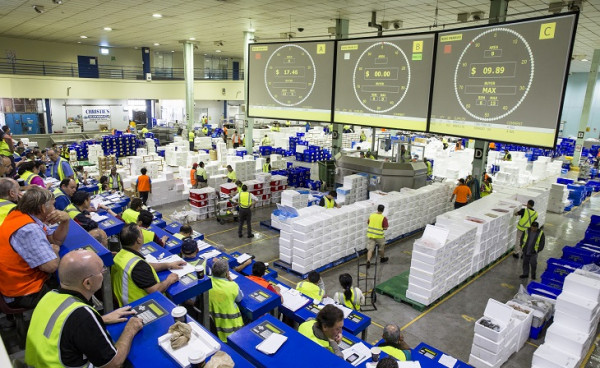
The market became renowned for its Dutch-style auction: fast, transparent and fiercely competitive. At first light, buyers gathered as lot after lot rolled past on ice, prices ticking down until a bidder struck. It was part theatre, part logistics ballet: forklifts humming, knives flashing, and crates whisked from auction floor to stall within minutes. For generations of Sydney chefs, this ritual forged relationships and set a standard for freshness that defined the city’s dining scene.
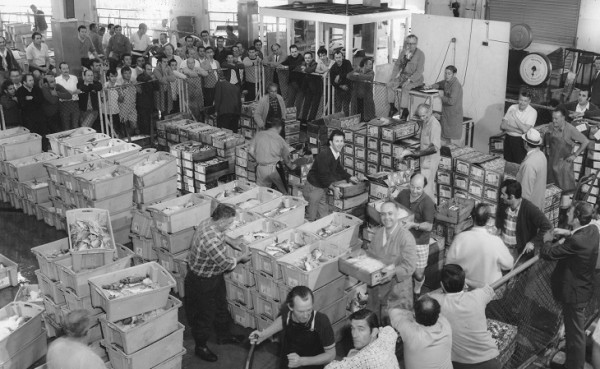
What began as a working wholesale floor gradually opened to the public. Fishmongers set up retail counters; oyster shuckers and sashimi specialists carved out space beside the pros. Tourists wandered in, then returned with friends; locals made a habit of choosing their fish and having it cooked to order. Alongside the stalls, a seafood school took shape, turning industry know-how into hands-on classes and celebrating the diverse techniques brought by Sydney’s migrant communities: Greek, Italian, Chinese, Vietnamese, Japanese; each adding flavour to the market’s identity.
Sydney Fish Market has always been more than a place to buy seafood. It’s a meeting point between working harbour and everyday life: a spot where trawler crews brush shoulders with families on weekend outings. In a city famed for surf and skyline, the market is the kitchen table, generous and a little noisy.
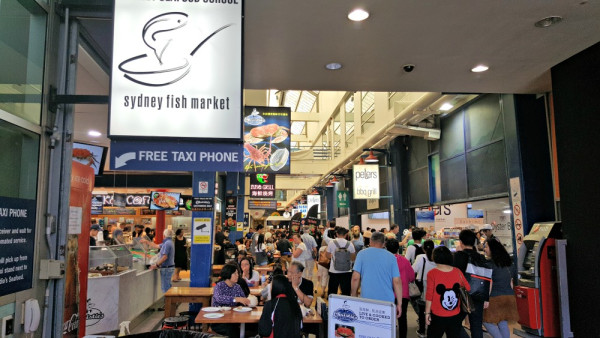
For tourists, the market offers much more than shopping. You can take a behind-the-scenes tour of the auction floor, join a cooking class at the Sydney Seafood School, or simply graze your way through sashimi counters, oyster bars, and hot food stalls serving everything from lobster mornay to salt-and-pepper squid.
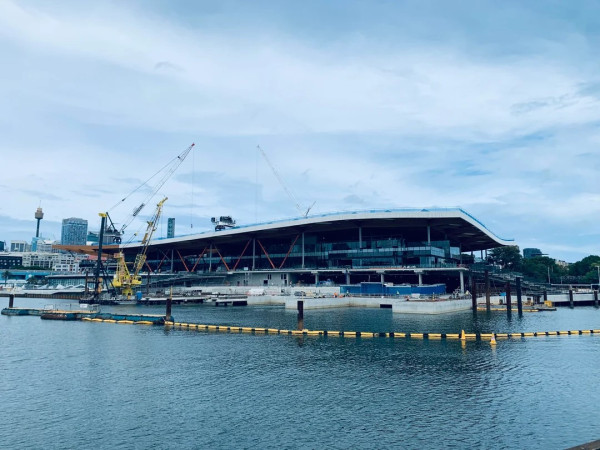
The market’s next chapter unfolds on the same water it has long called home. A new purpose-built site at Blackwattle Bay is set to welcome visitors with bigger halls, improved public space, and waterfront promenades, designed to preserve the industry’s working heart while making it easier for everyone to experience it up close.
Round out your visit with a stay at the family-owned Vulcan Hotel in nearby Ultimo, a short stroll from the market, where heritage charm and modern comforts make the perfect base for exploring Sydney.
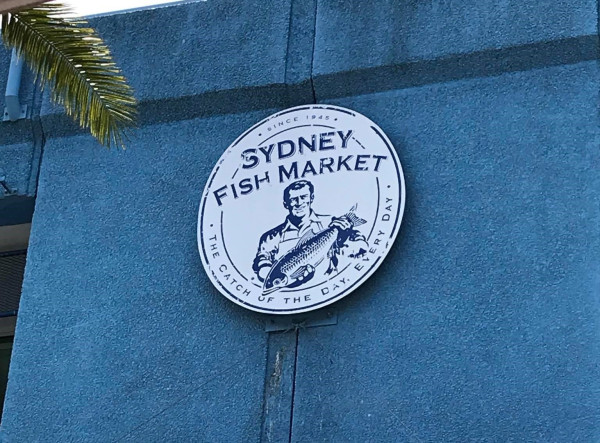
It evolved from scattered wharfside trading into a central wholesale market, later opening to the public with retail stalls, on-site dining, and seafood education. The dawn auction remains the market’s beating heart, linking fisher, chefs, and everyday shoppers.
Arrive early on weekdays for the freshest selection and a glimpse of post-auction energy. Weekends are lively and atmospheric, great for tastings and a relaxed waterfront wander, but arrive early for popular dishes and seats.
Walk about 25–30 minutes via Darling Harbour and Pyrmont, or hop on the L1 Light Rail toward Dulwich Hill and alight at Fish Market. From the Vulcan Hotel in Ultimo, it’s an easy stroll along the bay.
